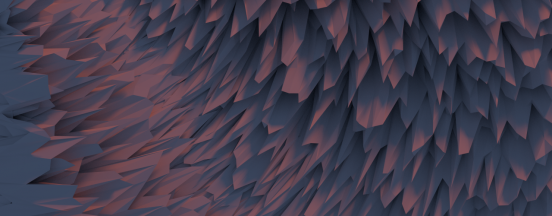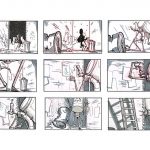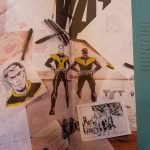This last week, our Ed-Tech class visited the Pacific School of Innovation and Inquiry—ground zero for some exciting new developments in the high school pedagogical model. The school is located in downtown Victoria, kitty corner to the Bug Zoo and the Empress Hotel. According to their website, PSII (pronounced “sigh”) is,
Victoria’s newest High School (grades 9-12), offering a truly personalized education. Through a formal inquiry process, learners at PSII develop interdisciplinary pathways leading to learning activities that take them through a curriculum all their own while also meeting or exceeding BC graduation requirements. (learningstorm.org)
An excellent school mandate, but what does a school fully committed to inquiry-based education really look like? Something like this,
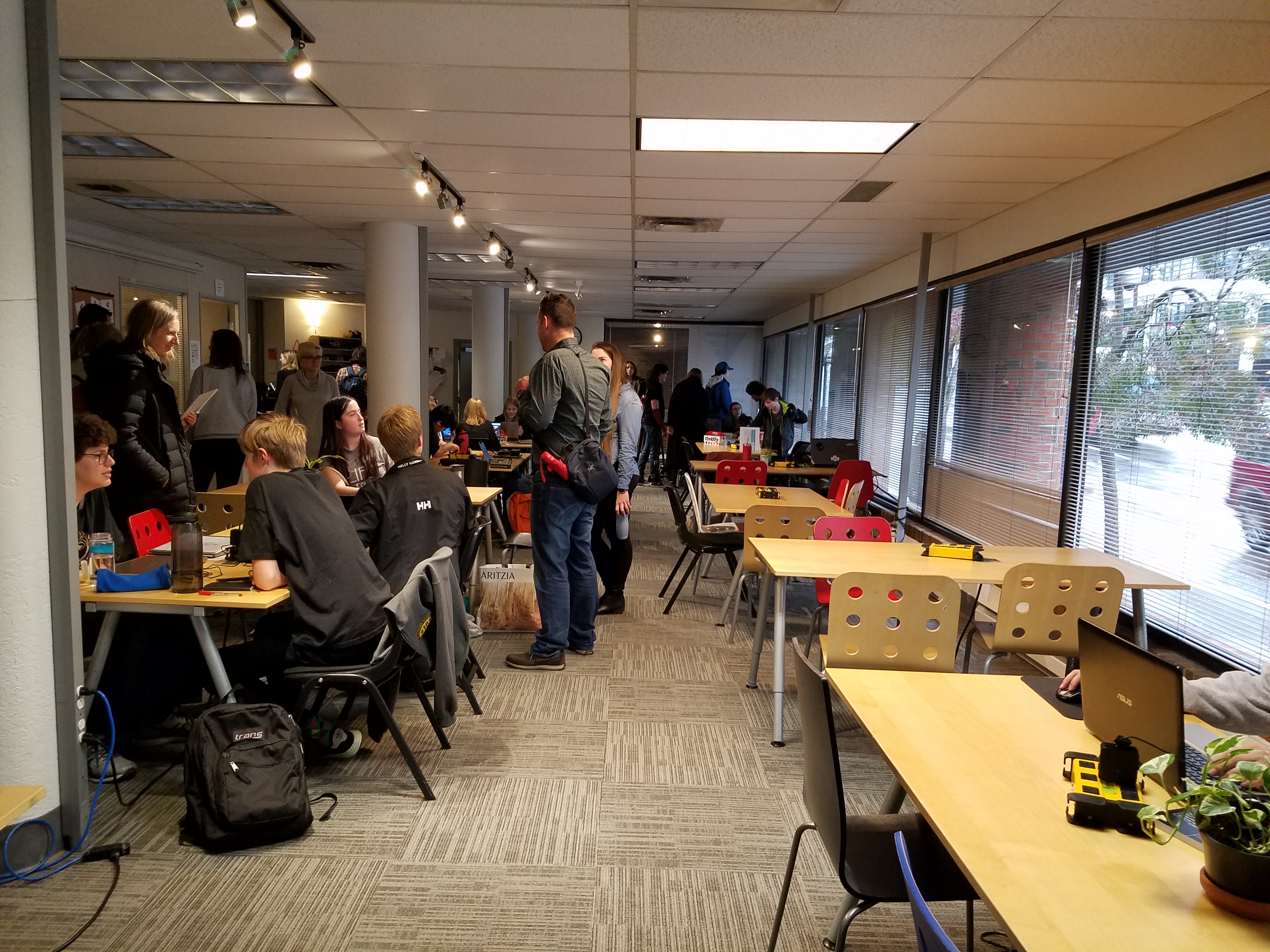
The school’s founder and principle educator, Jeff Hopkins, gave us a walk around and explained some of the nuts and bolts of their operation. In a nutshell, rather than the typical high school model, in which a student’s day is divided into prescribed subject-dependent class periods, PSII’s students pick a single area of research and formulate their own inquiry questions to help guide their exploration of that topic.
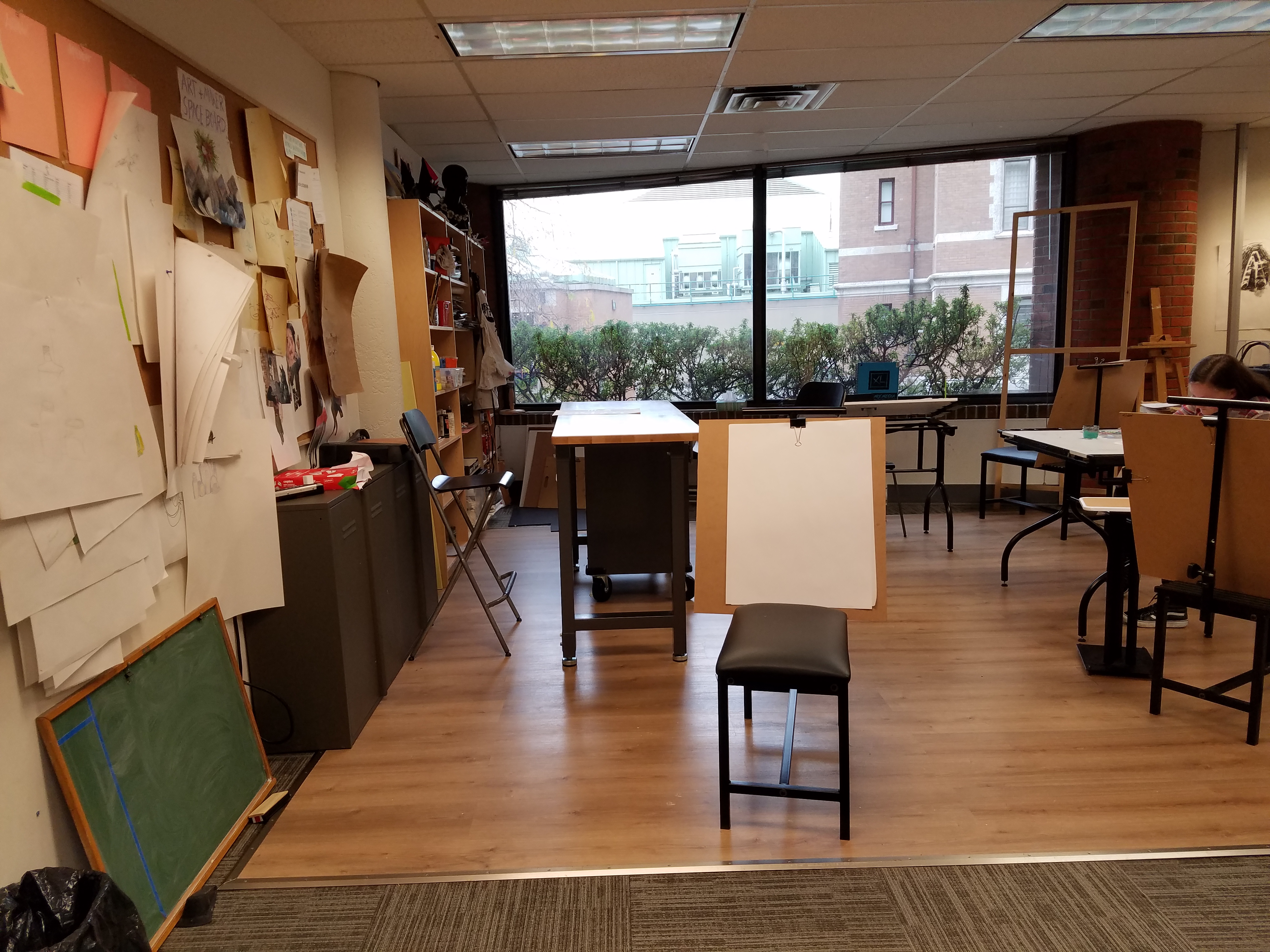
Some examples of research topics Hopkins mentioned include particle accelerators, small business start-ups, and video game development. At PSII, students are encouraged to pursue their own learning interests because, argues Hopkins, this sort autonomy will lead to deeper learning.
After students have developed a research question, they enter into a multi-step inquiry process designed by PSII, which includes a series of stages and is by no means linear. Students are encouraged to return to previous steps after attaining new discoveries, re-conceptualizing and refining their research question along the way. The finished product is ideally some form of invention, article or business venture. Students receive feedback from PSII’s educators at each stage of this process and are evaluated at the end of a semester or school year based on criteria catered specifically to their specific topic of inquiry. In essence, PSII’s inquiry process runs much like an advanced think tank, where innovators and inventors gather to pursue their interests independently with the advice and support of their peers and mentors.
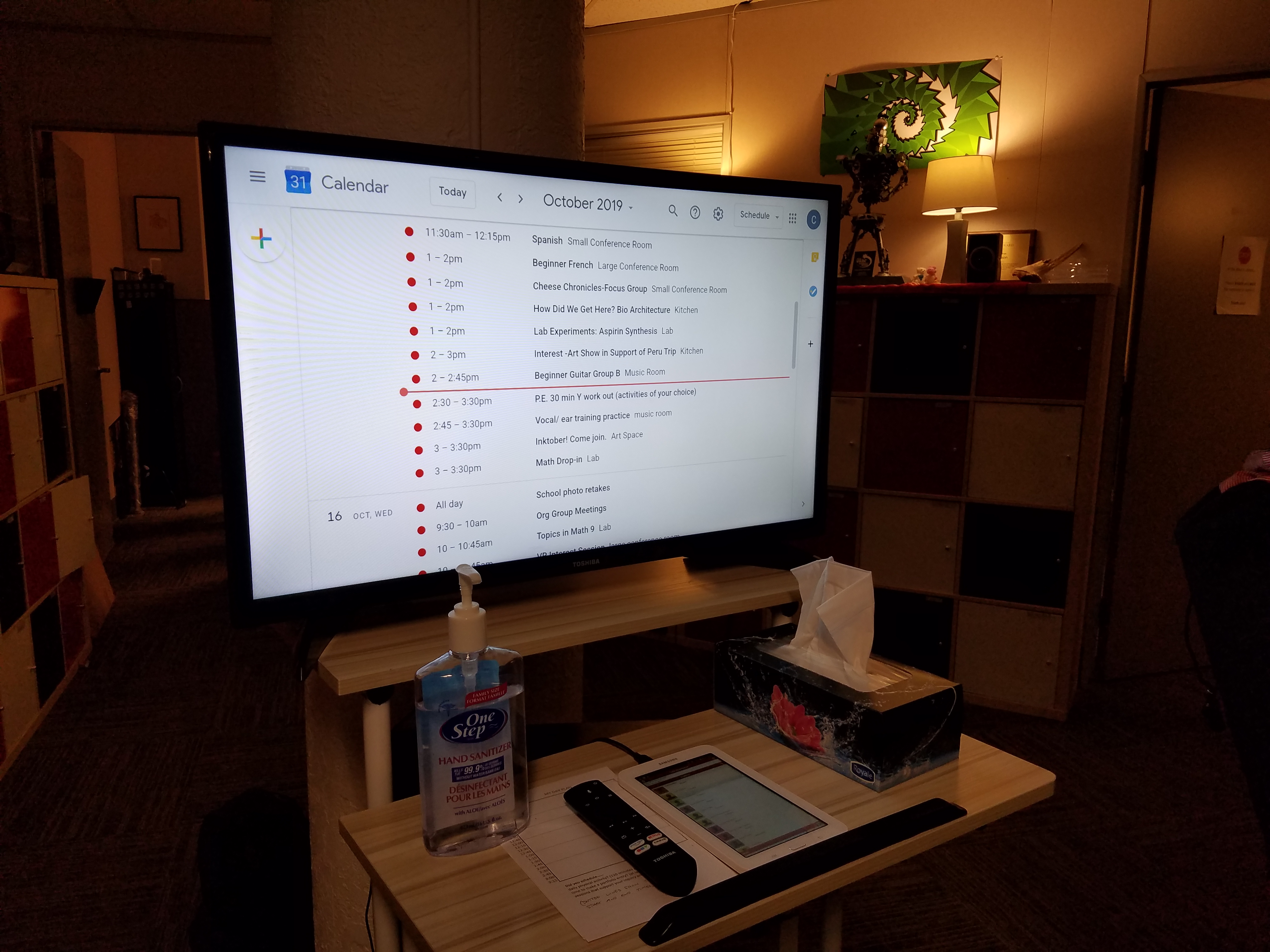
While this learning model has obvious benefits, I wonder how PSII’s staff tackles the problem of learning specialization. Encouraging students to pursue a single topic of interest for an entire semester or school year allows for a deeper level of engagement with the material; however, one has to wonder whether students are still receiving the sort of well-rounded curriculum they’ll need to succeed at a post-secondary education level? Hopkins explained to us that in order to counter hyper-specialization, PSII educators typically “nudge” students into different disciplines in the midst of their research, often encouraging students to take interdisciplinary stances on their selected topics. Still, this model sounds like more of an art form than any exact science. In lieu of a prescribed curriculum, PSII educators must adopt the responsibility of each student’s research agenda and think up new innovative ways of incorporating alternative disciplines into their studies. Perhaps, on a smaller scale PSII’s model is feasible—indeed, the teacher to student ratio is excellent at the cozy downtown school—however, I question whether the inquiry model would be sustainable in a typical high school setting.
